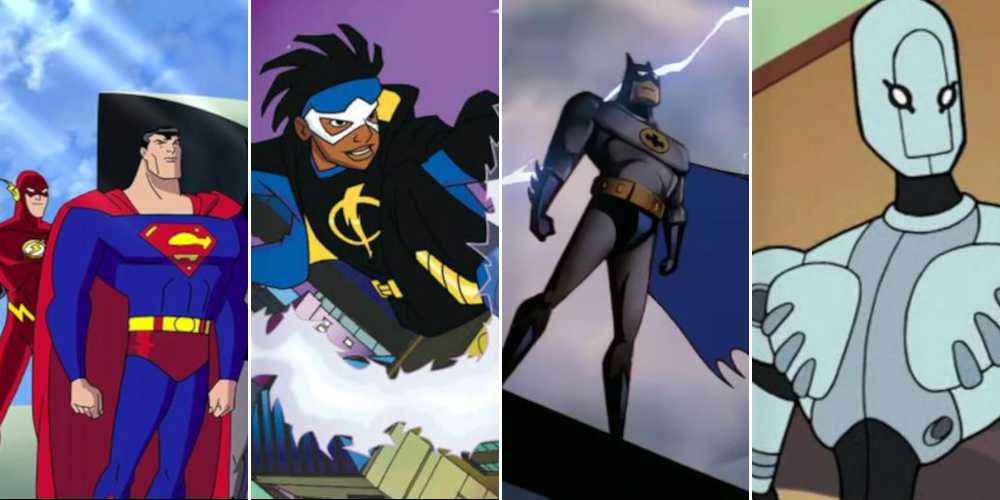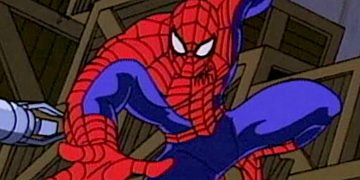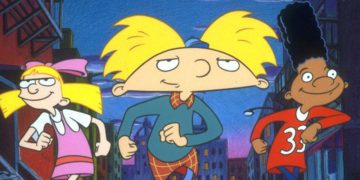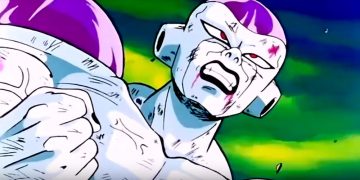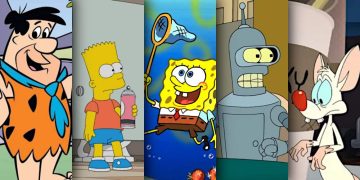DC has been trying to catch up to rival Marvel for well over a decade when it comes to movies. Whereas the Marvel Cinematic Universe revolutionized cinema, the DC Extended Universe has struggled to reach the same kind of success.
But long before the Marvel Cinematic Universe hit the big screen, DC was building up a different media franchise: the DC Animated Universe, a shared universe for DC's animated TV shows.
The DC Animated Universe (often shortened as DCAU) launched with Batman: The Animated Series in 1992, and always had at least one animated TV series on the air until 2005. Over those 13 years, eight DCAU shows were bound by common characters and settings.
All of the shows in this shared universe had their strengths, but a few have grown into classics. Here are our thoughts on the best DC animated TV shows and why they stand out.
8. The Zeta Project (2001)
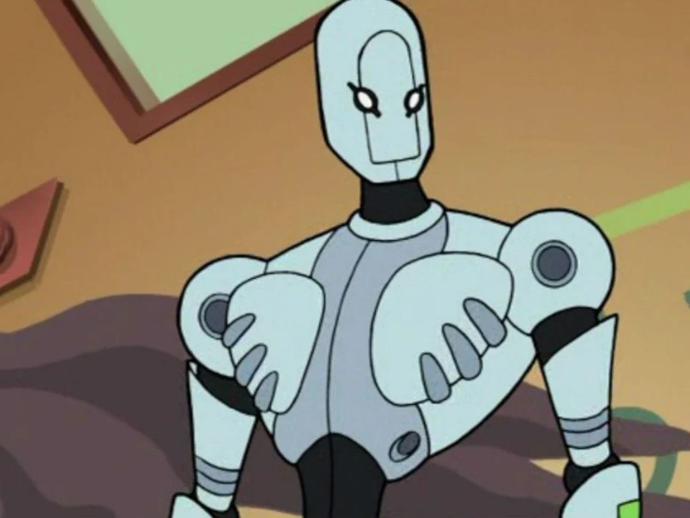
The Zeta Project centers on a robot assassin, Zeta, who has a crisis of conscious and vows to never kill again. He was first introduced in Batman Beyond with the intention of getting his own series, but DC gave him that spin-off much too early.
While there are some fun aspects to The Zeta Project—including its use of a known government agency as the primary villain rather than a fake shadowy organisation like in most DCAU shows—the show ends up feeling flatter and flatter as it goes on.
Without an established DC character to build the show around, The Zeta Project doesn't offer enough to draw in younger or older fans.
7. Justice League (2001)
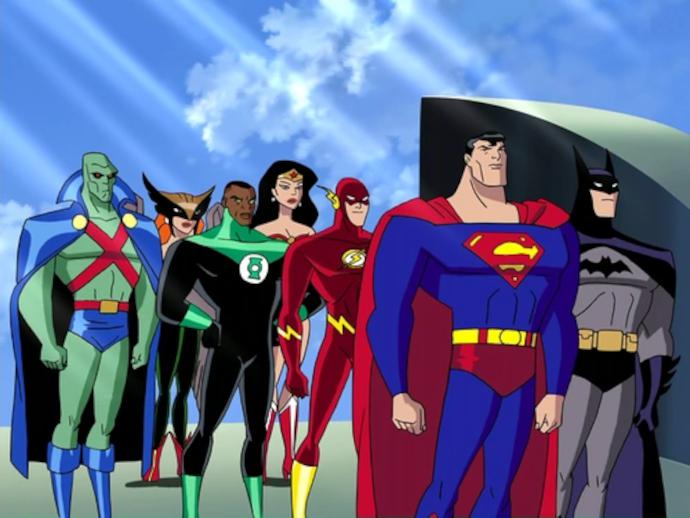
The animated series Justice League began airing in 2001 and was the first DCAU show to be aired on Cartoon Network.
It was a direct continuation of The New Batman Adventures and Superman: The Animated Series, and saw several voice actors reprise their roles from those shows, including Kevin Conroy as Batman, Mark Hamill as The Joker, and Clancy Brown as Lex Luthor.
Justice League had the freedom to draw on some lesser-known characters, giving most audiences their first look at Vandal Savage, Martian Manhunter, and several others.
Bruce Timm, who's often credited with establishing the shared universe of DC shows, served as producer and brought a more adult tone to some of the episodes. However, Justice League never reaches the artistic highs of earlier shows and never gets to play with continuity the same way its successor eventually did.
6. Superman: The Animated Series (1996)
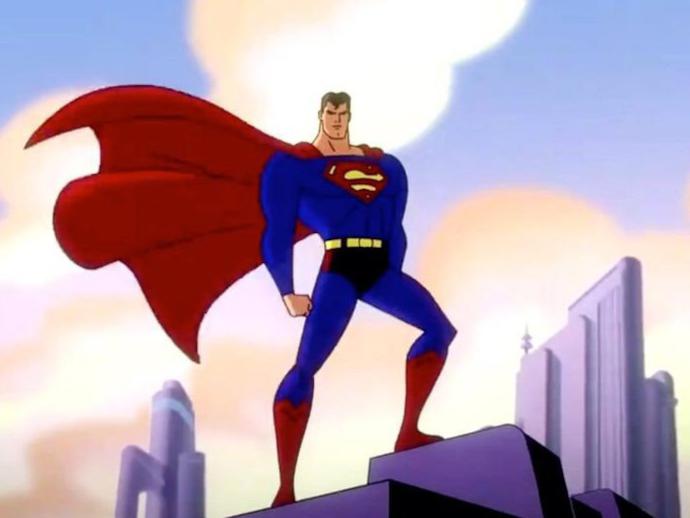
While Batman: The Animated Series launched the DC Animated Universe, Superman: The Animated Series is the show that proved the concept of a shared universe could work.
With its bright colors and heroic overtones, Superman: The Animated Series was a more kid-friendly show than its predecessor, yet was still able to tackle frightening subjects like Darkseid's brainwashing of Superman and sending him to conquer Earth.
Superman: The Animated Series had a fun, tongue-in-cheek tone that fit well with its hero. But in the end, it always fell short in the same way that many Superman stories suffer: How do you challenge a character who's as powerful as Superman?
While Lex Luthor provides an adequate challenge for the Man of Steel, none of the other villains on the show ever reach the same level of menace as Clancy Brown's Luthor.
5. The New Batman Adventures (1997)

When Batman: The Animated Series ended in 1995 to make room for Superman: The Animated Series, it was assumed that that would be the end of Batman's main adventures.
However, the character proved more enduring and popular than expected, so a new series was commissioned. The New Batman Adventures brought in more stories from the Bat-Family, including Batgirl, Tim Drake's Robin, and Dick Greyson's Nightwing.
This new series only lasted a year, but it gave us a glimpse at the tensions that could arise from Batman's drive and dedication to his mission, and how that affects those around him.
The relationship between Batman and Nightwing was the most interesting, with Batgirl trying to mend things between the two costumed men in her life. This wedge would become a central theme in later shows, including Batman Beyond.
4. Static Shock (2000)
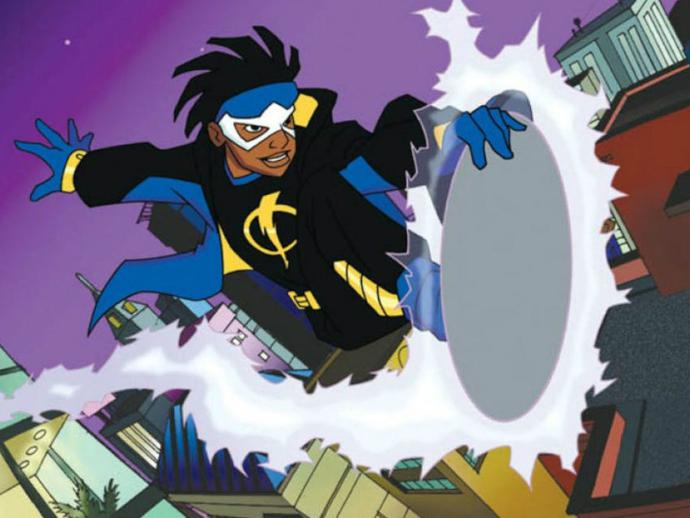
I'm a sucker for high school superheroes (which would explain why I'm such a big fan of Spider-Man). And in the DC Animated Universe, no other show focuses as heavily on the balance between home life and heroic duties as Static Shock.
Virgil Hawkins is a 14-year-old black kid from a single-father household, who's trying to keep his identity as superhero Static a secret while not completely failing out of high school.
Static Shock aired alongside Justice League and included crossover episodes with Superman, Batman, and Green Lantern, as well as a bit of time travel shenanigans with Batman Beyond.
Despite that, Static always worked best when he was trying to tackle problems on his own. Static Shock lasted for four seasons before it was canceled, making it the longest-running show in the DCAU.
3. Batman Beyond (1999)
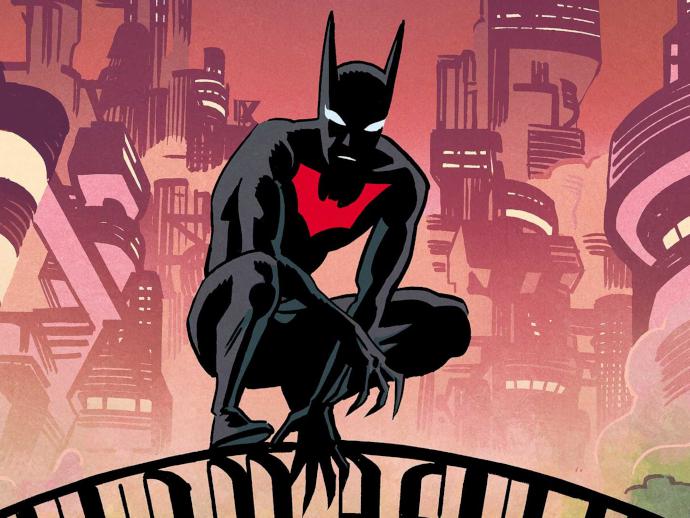
Set in a near-future Gotham City, Batman Beyond follows the rise of a new Batman, Terry McGinnis, with an elderly Bruce Wayne serving as mentor to him. The relationship between Terry and Bruce becomes the most important theme of the show.
Batman Beyond ties many of the other DCAU shows together, painting a future where the Justice League has been protecting Earth for years and Static has become one of the planet's greatest heroes.
But Batman Beyond is at its best when it's contrasting Terry and Bruce. Terry is a teenager balancing school and family with his role as Batman, while Bruce pushes his young protégé while stressing that nothing matters more than the mission of defending Gotham.
Terry and Bruce are very different heroes and people, but their shared role as Gotham's protector is what binds them. The friction and the respect that they share is the emotional core of the show.
2. Justice League Unlimited (2004)
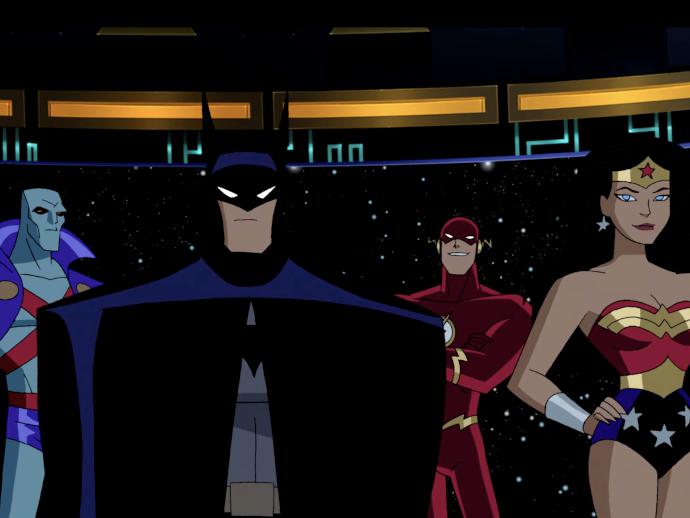
While Justice League felt like a celebration of superheroes coming together, its direct sequel Justice League Unlimited was about how scary that would be to the rest of the world.
The world's governments sought to build a defense against the League, and their actions were heavily scrutinized. The show's expanded cast featured unknown characters—like Mr. Terrific and Red Tornado—fighting alongside the League's founding members.
Justice League Unlimited drew more heavily on previous storylines than any other show in the DCAU, including Superman's brainwashing in Superman: The Animated Series, and featured crossovers with Batman Beyond and Static Shock.
As the final show in the DC Animated Universe continuity, Justice League Unlimited serves as a capstone to all that came before.
1. Batman: The Animated Series (1992)
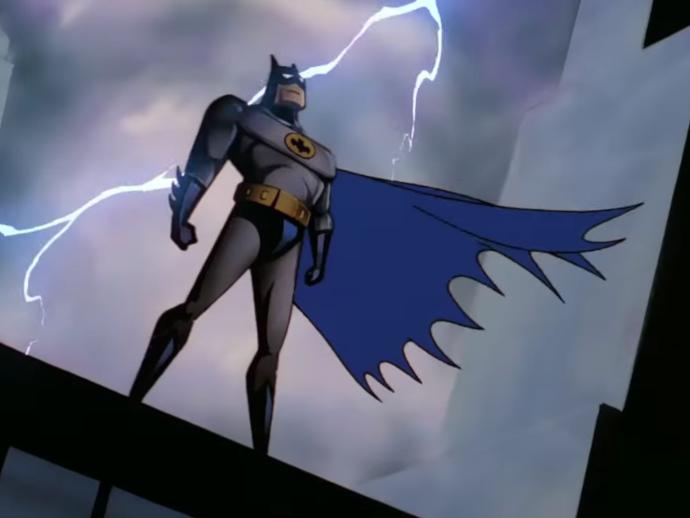
It's difficult to put any other DCAU show in the number one spot because the cultural impact of Batman: The Animated Series and its lasting effect on Western animation can't be overstated.
It was among the first animated TV shows to treat its young viewers with enough respect to tackle recurring storylines and moral greyness.
This shift in tone—from the brightly-colored toy commercials of the 80s to something darker—inspired an explosion of animated kid's shows that were willing to explore more mature subjects. And that impact is still felt today in shows like Steven Universe and She-Ra, which can trace roots back to Batman: The Animated Series.
The series also gave us the best versions of classic Batman villains, including Mr. Freeze, The Joker, and its introduction of Harley Quinn to the world. The DCAU's tragic backstory for Freeze has become canon, and Harley has gone on to become a media property in her own right.
